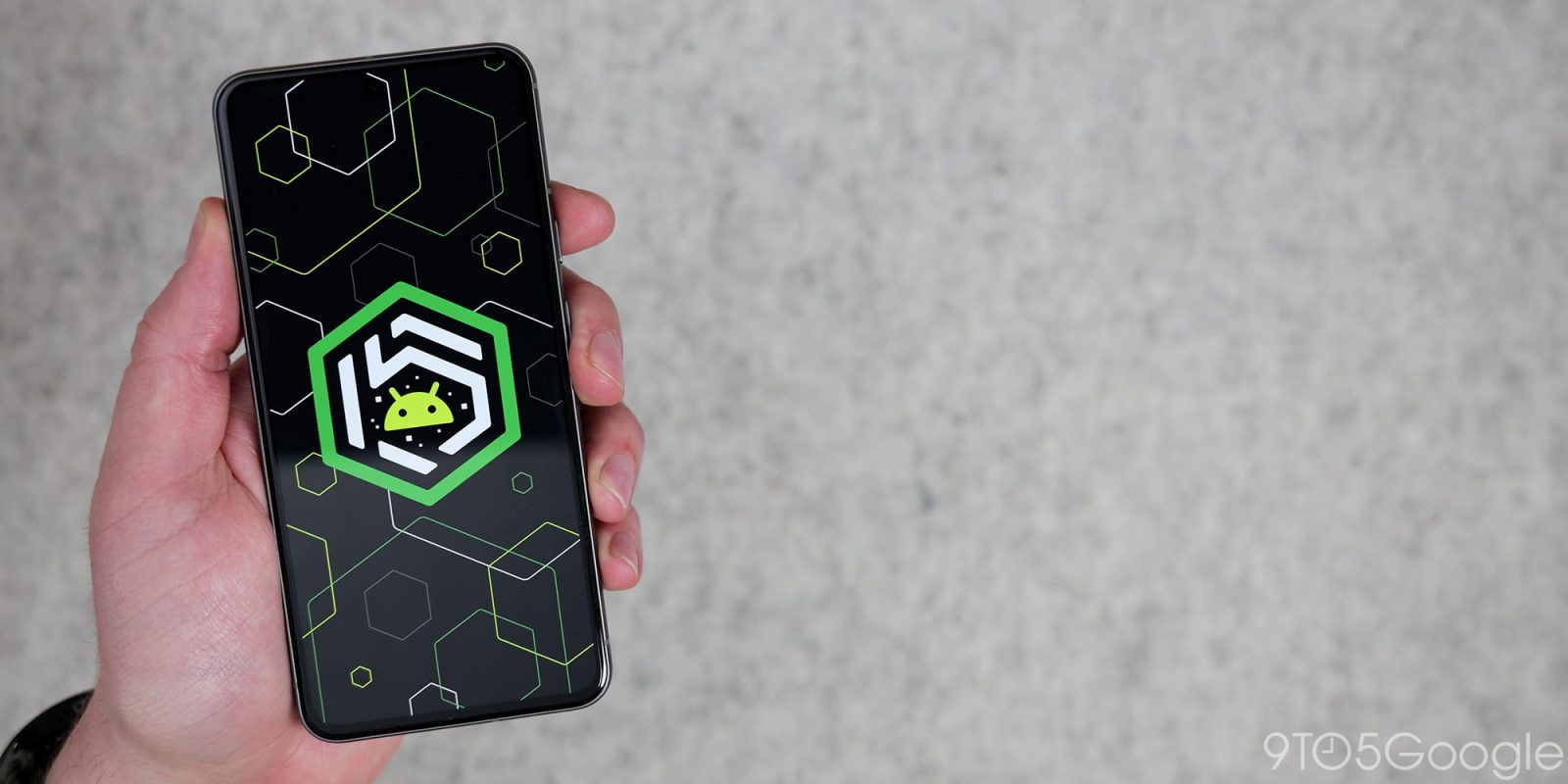
Google is rolling out Android 15 Developer Preview 2 today ahead of next month’s first beta. It continues work on a number of tentpoles with more capabilities taking shape in this release.
Here’s everything new in Android 15 Developer Preview 2 [Gallery]
Android 15 adds “UI elements to ensure a consistent user experience across the satellite connectivity landscape.” A system-level “Auto-connected to satellite” notification conveys how “You can send and receive messages without a mobile or Wi-Fi network” with a shortcut to “Open Messages” or get more information. Meanwhile, note the status bar icon at the right.
Speaking of Google Messages, “Android 15 provides support for SMS/ MMS applications as well as preloaded RCS applications to use satellite connectivity for sending and receiving messages.” Other apps will also be able to “detect when a device is connected to a satellite, giving them more awareness of why full network services may be unavailable.”
Android 15 will also make the NFC tap-to-pay experience “more seamless and reliable”:
On supported devices, apps can request the NfcAdapter enter observe mode, where the device will listen but not respond to NFC readers, sending the app’s NFC service PollingFrame objects to process. The PollingFrame objects can be used to auth ahead of the first communication to the NFC reader, allowing for a one tap transaction in many cases.
Apps can now declare that they’re able to run on the small cover screens of flippables. Google says “these screens are too small to be considered as compatible targets for Android apps to run on,” but they’re still giving developers the option.
In terms of security, Android 15 will let apps detect when they’re being (screen) recorded and in turn inform users.
Google is giving developers more information about application launches, including “whether it started from a cold, warm, or hot state.” They can also find out if their app was started from a “broadcast, a content provider, a job, a backup, boot complete, an alarm, or an Activity.”
Android 15 also gives devs more detailed app size information, like “apk file splits, AOT and speedup related code, dex metadata, libraries, and guided profiles.”
There’s a new the mediaProcessing Foreground Service type to “to perform time-consuming operations on media assets, like converting media to different formats.” A future Beta release will set the runtime limit at 6 hours.
Support for the CTA-2075 loudness standard will “help you avoid audio loudness inconsistencies and ensure users don’t have to constantly adjust volume when switching between content.”
The system leverages known characteristics of the output devices (headphones, speaker) along with loudness metadata available in AAC audio content to intelligently adjust the audio loudness and dynamic range compression levels.
Android 15 provides more options for apps that customize Do Not Disturb rules:
Adding types to AutomaticZenRule, allowing the system to apply special treatment to some rules
Adding an icon to AutomaticZenRule, helping to make the modes be more recognizable.
Adding a triggerDescription string to AutomaticZenRule that describes the conditions on which the rule should become active for the user
Added ZenDeviceEffects to AutomaticZenRule, allowing rules to trigger things like grayscale display, night mode, or dimming the wallpaper
Android 15 DP2 provides an “early preview of substantial improvements to the PdfRenderer APIs,” which are being moved to a Mainline module for future Google Play system updates. This will allow apps to incorporate rendering password-protected files, annotations, form editing, search, selection with copy, and other advanced features. Meanwhile, linearized PDF optimizations will speed up viewing and reduce resource use.
Android 15 allows developers to control HDR headroom when both SDR and HDR content appear:
The image on the left shows a view with SDR content. The image on the right simulates perceived headroom issues with SDR and HDR mixed content, which we can avoid by setting the desired HDR headroom.
Android 15 Developer Preview 2 system images are available for the Pixel 6, Pixel 6 Pro, Pixel 6a, Pixel 7, Pixel 7 Pro, Pixel 7a, Pixel Tablet, Pixel Fold, Pixel 8, and Pixel 8 Pro, as well as the Android Emulator.
DP2 (AP31.240223.016.A3) with the March 2024 security patch is still just “for developers only and not intended for daily or consumer use.”
Following issues with the last release, Google is not offering OTA images for you to manually sideload. Instead, you can only flash a DP2 factory image. Those that already have DP1 on their phone/tablet will get an on-device OTA to DP2. If you need help, here’s our full guide on installing Android 15.
Pixel 8 Pro: Factory Image
Pixel 8: Factory Image
Pixel Tablet: Factory Image
Pixel Fold: Factory Image
Pixel 7a: Factory Image
Pixel 7 Pro: Factory Image
Pixel 7: Factory Image
Pixel 6a: Factory Image
Pixel 6 Pro: Factory Image
Pixel 6: Factory Image
FTC: We use income earning auto affiliate links. More.
>>> Read full article>>>
Copyright for syndicated content belongs to the linked Source : 9to5google.com – https://9to5google.com/2024/03/21/android-15-developer-preview-2-pixel/









